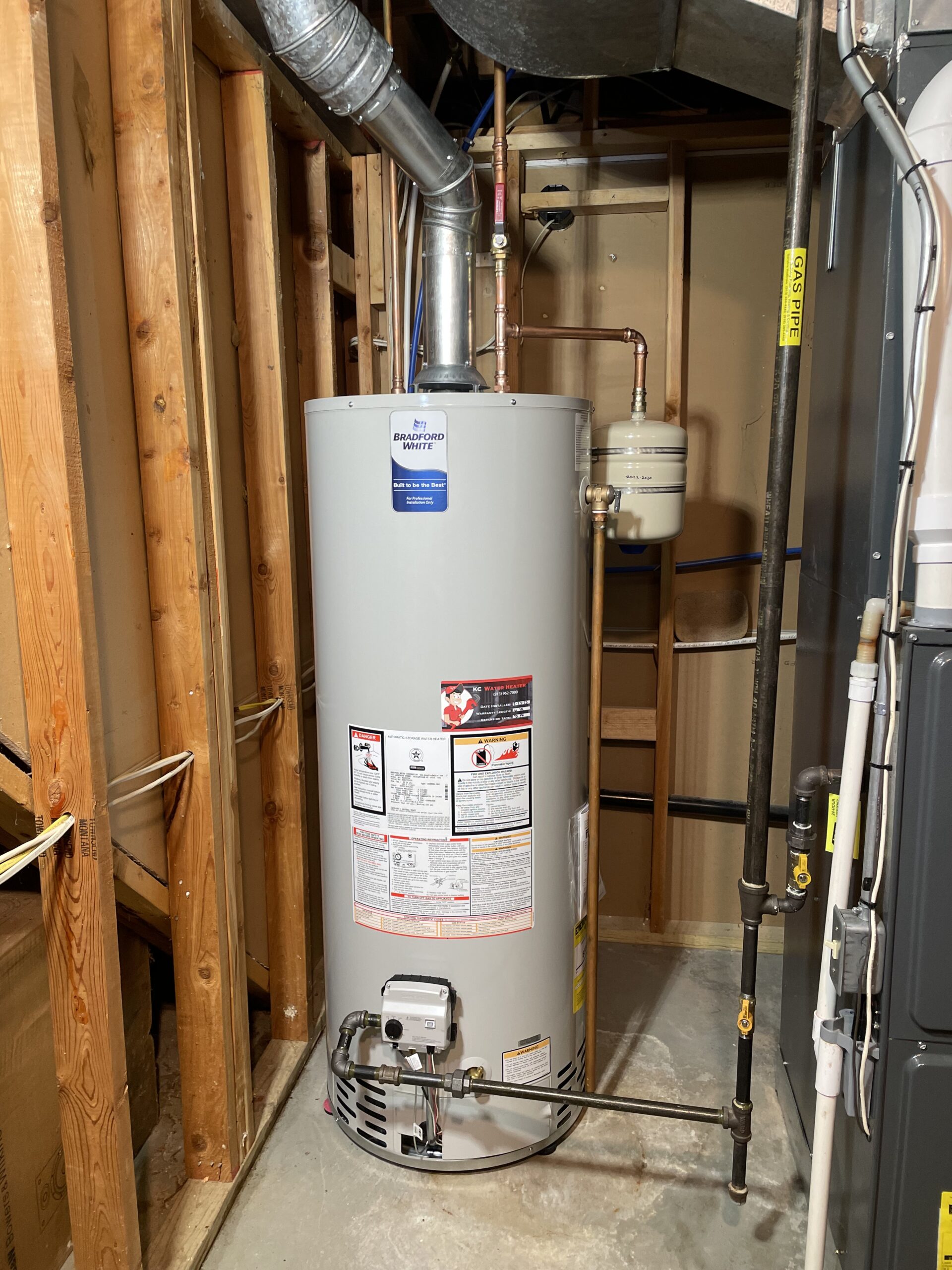Expert Advice on Maintaining Your Home's Hot Water SystemEnsuring Durability of Your Home's Hot Water System: Care Advice
Expert Advice on Maintaining Your Home's Hot Water SystemEnsuring Durability of Your Home's Hot Water System: Care Advice
Blog Article
How do you feel in relation to How to Maintain a Hot Water Heater in a Few Simple Steps?
:max_bytes(150000):strip_icc()/reasons-gas-water-heater-not-working-5212987-hero-fe6b82a59053421c88b7d13ea311d3c5.jpg)
Warm water is necessary for daily convenience, whether it's for a revitalizing shower or cleaning dishes. To ensure your warm water system runs effectively and lasts longer, routine maintenance is crucial. This short article provides sensible ideas and insights on just how to preserve your home's hot water system to prevent disturbances and expensive fixings.
Intro
Preserving your home's hot water system could seem difficult, but with a couple of basic steps, you can ensure it runs efficiently for many years to come. This overview covers whatever from understanding your warm water system to DIY upkeep suggestions and knowing when to call expert aid.
Significance of Maintaining Your Warm Water System
Routine maintenance not just prolongs the life-span of your warm water system but additionally guarantees it operates successfully. Overlooking upkeep can lead to lowered effectiveness, higher energy costs, and even early failure of the system.
Signs Your Warm Water System Needs Upkeep
Knowing when your warm water system needs focus can avoid significant problems. Watch out for signs such as irregular water temperature, odd sounds from the heating unit, or corroded water.
Flushing the Hot Water Heater
Flushing your hot water heater removes sediment accumulation, improving effectiveness and prolonging its life.
Monitoring and Changing Anode Rods
Anode poles protect against corrosion inside the tank. Checking and changing them when worn is critical.
Complex Problems Needing Specialist Help
Examples include significant leakages, electric problems, or if your water heater is continually underperforming.
Routine Expert Maintenance Conveniences
Professional maintenance can consist of detailed evaluations, tune-ups, and guaranteeing conformity with safety and security standards.
Examining and Changing Temperature Level Setups
Adjusting the temperature setups makes certain optimal performance and safety.
DIY Tips for Upkeep
You can execute several upkeep tasks yourself to keep your warm water system in leading problem.
Checking for Leakages
Regularly evaluate pipes and connections for leaks, as these can result in water damage and higher expenses.
Understanding Your Hot Water System
Before diving right into upkeep jobs, it's practical to recognize the standard elements of your warm water system. Normally, this includes the hot water heater itself, pipelines, anode poles, and temperature level controls.
Month-to-month Upkeep Tasks
Routine regular monthly checks can assist catch minor issues prior to they rise.
Examining Stress Alleviation Valves
Checking the pressure safety valve guarantees it works appropriately and stops excessive stress build-up.
Shielding Pipes
Insulating warm water pipelines decreases heat loss and can save power.
When to Call a Specialist
While DIY upkeep is valuable, some concerns need professional proficiency.
Conclusion
Normal upkeep of your home's hot water system is important for performance, durability, and cost financial savings. By adhering to these tips and recognizing when to look for expert help, you can make certain a trustworthy supply of hot water without unanticipated interruptions.
How to Maintain an Instant Hot Water Heater
Before tinkering with your hot water heater, make sure that it’s not powered on. You also have to turn off the main circuit breaker and shut off the main gas line to prevent accidents. Also turn off the water valves connected to your unit to prevent water from flowing into and out of the appliance. 2. When you’re done, you have to detach the purge valves’ caps. These look like the letter “T” and are situated on either side of the water valves. Doing so will release any pressure that has accumulated inside the valves while at the same time avoid hot water from shooting out and burning your skin. 3. When the purge valves’ caps are removed, you have to connect your hosing lines to the valves. Your unit should have come with three hoses but if it didn’t, you can purchase these things from any hardware or home repair shops. You can also get them from retail stores that sell water heating systems. Read the user’s manual and follow it to complete this task properly. When the hosing lines are connected, open the purge port’s valves. 4. You should never use harsh chemical cleaners or solutions when cleaning your unit. Make use of white vinegar instead. It should be undiluted and you’ll probably use about 2 gallons. 5. Now flush your water heater. This task should probably take about 40 minutes. We can’t give you specific directions for this because the procedure is carried out depending on the type, model and brand of your heater. With that being said, refer to the user’s manual. 6. When you’re done draining the unit, you have to turn off the purge port valves again. Remove the hosing lines that you earlier installed on each of the water valves. Put the valve caps (purge port) back in their respective places and be very careful so as not to damage the rubber discs that are found inside these caps. 7. Now that everything’s back in place, check your user’s manual again to find out how to reactivate your water heating system. 8. Once it is working, turn one of your hot water faucets on just to let air pass through the heater’s water supply pipes. Leave the tap on until water flows smoothly out of it. https://www.orrplumbing.com/blog/2014/september/how-to-maintain-an-instant-hot-water-heater/

I'm certainly very involved in Tips For Maintaining Your Hot Water Heater and I hope you enjoyed our page. In case you liked our post please don't forget to share it. I cherish your readership.
Call Today Report this page